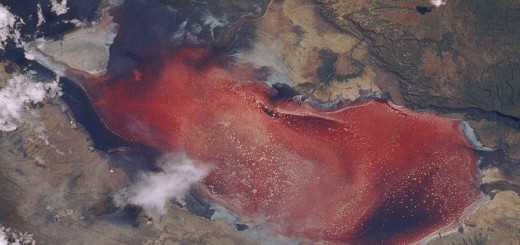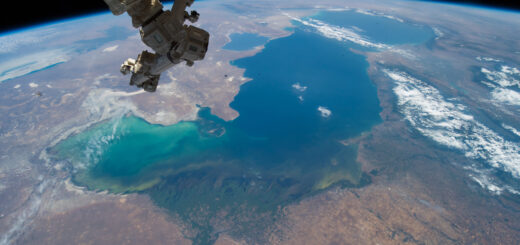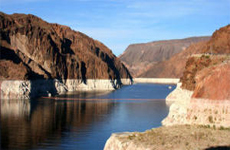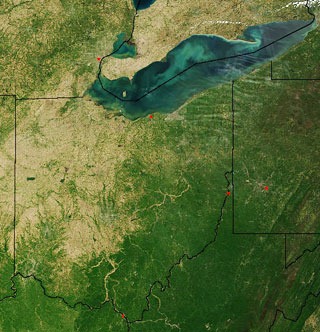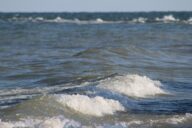Warmer, murkier water linked to drop in Lake Tahoe minnow population
0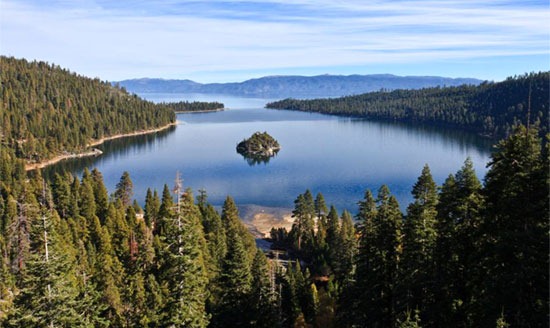
Lake Tahoe
The number of native minnows in Lake Tahoe has been plummeting over the last two decades, according to a recent survey of 26 sites around the lake.
It appears that the proliferation of non-native warm water fish, aided by increasing water temperature and diminished water clarity, are contributing to the minnows’ misfortune.
A team of researchers from the University of Nevada, Reno and Miami University of Ohio surveyed the populations of native fish in the shallow near-shore region of Lake Tahoe, where minnows such as the Lahontan redside and speckled dace live. Survey data show minnow populations from the 26 sites have declined by 58 percent between 1988 and 2009. The number of redside shiners in particular has dropped between 24 and 100 percent in 42 percent of survey sites.
“I was surprised the decline was that much,” said Sudeep Chandra, UNR professor of limnology. “The interesting question is what will be the future?”
The researchers hypothesize that a significant cause of the declining minnow population is competition and predation by non-native warm water fish, such as the largemouth bass and bluegill.
It’s suspected these fish were first introduced to Tahoe in the ’70s by anglers who wanted new options for game fish.
Water conditions in the lake also appear to be changing in ways favorable to these non-native species.
For instance, other recent research indicates that rising temperates in the lake, probably due to climate change, are helping these warm water fish thrive. These non-native species, more sensitive to sunlight, are also benefiting from invasive aquatic weeds that provide needed shelter from the sun.
Increasing turbidity, caused in part by eutrophication and frequent algal blooms, is also turning the tables in favor of the invasive fish species, according to the new study.
The researchers note that minnows are much more resistant to UV radiation than the warm water species, an advantage being taken away by the decreasing water clarity. In light of this, researchers note that underwater UV sensors could help officials evaluate ecological health in Tahoe’s littoral zone.
“Light can be linked into this process directly,” Chandra said. “It likely changes the favorability of non-native versus native. In these locations [where there is less UV light], the native fish are in trouble.”
Tahoe’s minnow population down significantly [The Associated Press] Number of Lake Tahoe minnows drops significantly [Reno Gazette-Journal]
Image Credit: Courtesy of the NASA Jet Propulsion Laboratory




